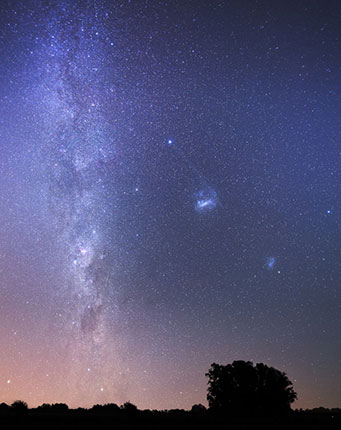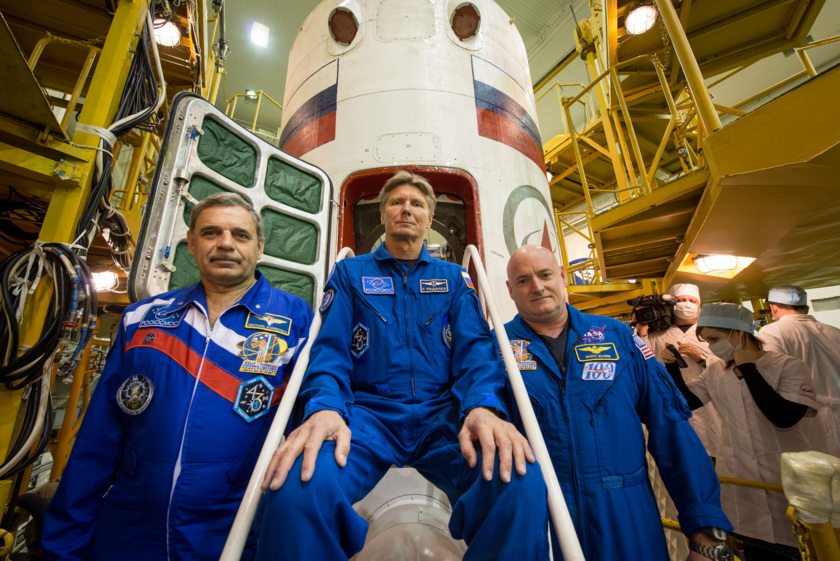Because my head often finds itself drifting off to the cosmos (in a quite literal sense), I've decided to initiate a thread of interesting space-related news/concepts/photos to share with the astronomically-inclined (or those simply inclined to "ooh" and "aah" at pretty space dust, because I most certainly fall into that category as well).
Hoping this is an appropriate place to post this, and deepest apologies if I am mistaken! All are wholeheartedly invited to kick my galactic gluteus region into another quadrant if more suitable... Otherwise, please pull up a beanbag or a captain's chair and join me in the amazing universe.
Just a short little blurb to get the Katamari junk-ball rolling.
♥ ☼ Cosmic Wanderings ☼ ♥
A to-be-updated-when-anyone-feels-like-it Astronomical Amazement Adventure
6 March 2015
NASA's Dawn probe's arrival at Ceres.
Ramblings on the Radar
I'm personally pretty excited about this as I sit and finish a cup of semi-abandoned morning coffee. Ceres is the biggest object in the Asteroid Belt between the orbits of Mars and Jupiter. Considered an example of a "failed planet", Ceres actually constitutes approximately one-fourth of the entire mass of the asteroid belt**, which is a pretty huge deal considering the fact that the number of total asteroids the belt contains is estimated to be in the millions**. Ceres, measuring in at 950 kilometers (590 miles for those of us inundated with Amerikanishe "the metric system is evil" mindsets in our childhood-- although I like to apply my brain to some science, I sometimes still think of distances in miles), is so large compared to most of its belt-contained neighbors that the astronomical community decided to label it as a dwarf planet. If that term sounds familiar, it's because another more controversial and older solar system friend of ours was placed into that category back in 2006.
It's thought that Ceres was unable to attain full-planet status due to the disruptively huge gravitational influence of nearby Jupiter. Because it's comprised of leftover materials from our solar system's formation (as in, little pieces of "could have been Earth" or "could have been Mars", etc), this dwarf planet can provide a lot of information for us on how our own and other nearby worlds formed-- or didn't**.
The science payload on NASA's Dawn mission, which you can read more about here, comes equipped with a toolbelt badass enough to rival Batman's... just think of Dawn as the caped cosmic crusader of science. If all goes well, this mission will be able to detect all sorts of information about Ceres' composition, radioactivity, and even moments of inertia (shoutout to all the physics bros in the house... wait... anyone? Bueller?), among other things. So, in short, that's why I'm pretty excited as I drink my cold coffee. I now shall present thee with an older and pixely but intriguing photo of lovely Ceres. Hopefully the cameras on Dawn will be able to provide even more detailed photos of one of our least understood and previously unexplored cosmic neighbors.
 **
**
TLDR; I like space. You should too. NASA spacecraft made it to dwarf planet Ceres. Sexy picture above.
I hope you all have a lovely day.
Hoping this is an appropriate place to post this, and deepest apologies if I am mistaken! All are wholeheartedly invited to kick my galactic gluteus region into another quadrant if more suitable... Otherwise, please pull up a beanbag or a captain's chair and join me in the amazing universe.
Just a short little blurb to get the Katamari junk-ball rolling.
♥ ☼ Cosmic Wanderings ☼ ♥
A to-be-updated-when-anyone-feels-like-it Astronomical Amazement Adventure
6 March 2015
NASA's Dawn probe's arrival at Ceres.
Ramblings on the Radar
I'm personally pretty excited about this as I sit and finish a cup of semi-abandoned morning coffee. Ceres is the biggest object in the Asteroid Belt between the orbits of Mars and Jupiter. Considered an example of a "failed planet", Ceres actually constitutes approximately one-fourth of the entire mass of the asteroid belt**, which is a pretty huge deal considering the fact that the number of total asteroids the belt contains is estimated to be in the millions**. Ceres, measuring in at 950 kilometers (590 miles for those of us inundated with Amerikanishe "the metric system is evil" mindsets in our childhood-- although I like to apply my brain to some science, I sometimes still think of distances in miles), is so large compared to most of its belt-contained neighbors that the astronomical community decided to label it as a dwarf planet. If that term sounds familiar, it's because another more controversial and older solar system friend of ours was placed into that category back in 2006.
It's thought that Ceres was unable to attain full-planet status due to the disruptively huge gravitational influence of nearby Jupiter. Because it's comprised of leftover materials from our solar system's formation (as in, little pieces of "could have been Earth" or "could have been Mars", etc), this dwarf planet can provide a lot of information for us on how our own and other nearby worlds formed-- or didn't**.
The science payload on NASA's Dawn mission, which you can read more about here, comes equipped with a toolbelt badass enough to rival Batman's... just think of Dawn as the caped cosmic crusader of science. If all goes well, this mission will be able to detect all sorts of information about Ceres' composition, radioactivity, and even moments of inertia (shoutout to all the physics bros in the house... wait... anyone? Bueller?), among other things. So, in short, that's why I'm pretty excited as I drink my cold coffee. I now shall present thee with an older and pixely but intriguing photo of lovely Ceres. Hopefully the cameras on Dawn will be able to provide even more detailed photos of one of our least understood and previously unexplored cosmic neighbors.

TLDR; I like space. You should too. NASA spacecraft made it to dwarf planet Ceres. Sexy picture above.
I hope you all have a lovely day.





 Happy to be part of the human race today.
Happy to be part of the human race today.
